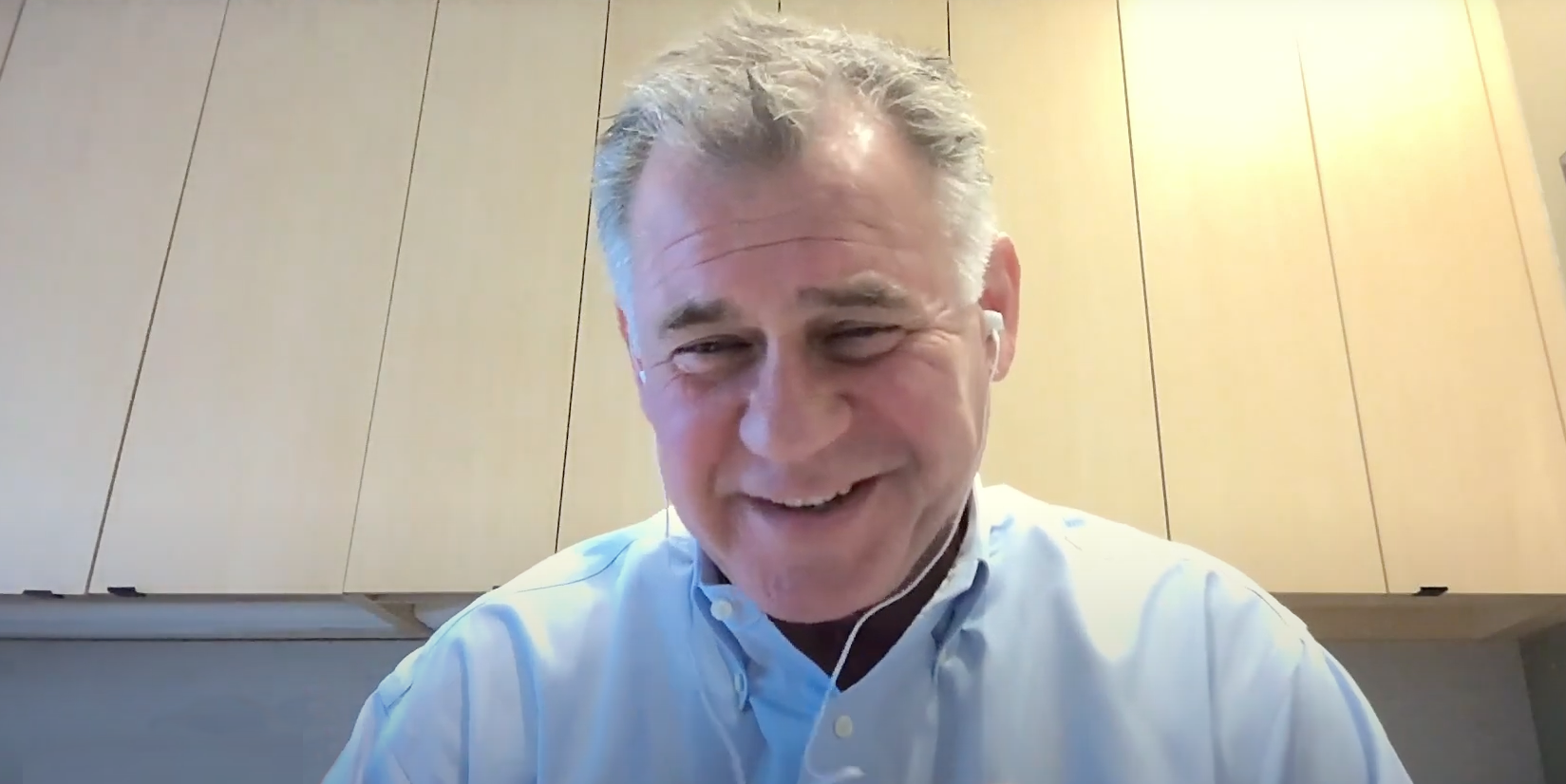Soft skills development is now a major area for L&D activity. We’ve all watched as soft skills have gone from second place to (at least) neck in neck with hard skills in the office and factory.
But the lineup is changing. You’d be amazed at how some of the skills that now lead the pack were barely talked about only a few years ago. So it’s on every HR professional to keep up with the race, and make sure that employees do so as well.
Soft Skills Way Back When
Near the end of 2021, soft skills were already evolving rapidly. Compared to 2018, when the leading skills in demand included Python programming, artificial neural networks, and algorithms, the top skills of 2021 were remarkably different. Python dropped to third place, while the one and two spots were writing and strategy, respectively.
No longer. In 2023, we are looking at yet another set of primary skills on which workplaces depend. Let’s take a look at the World Economic Forum’s top four skills, and what they mean for L&D programs.
Analytical Thinking
Analytical thinking involves examining facts or patterns and deriving some sort of conclusion from them. There are two kinds of analytical thinking: deductive and inductive.
- Deductive reasoning happens when you take a general set of facts and apply them to a specific observation. For example, if everyone in Beth’s department got a promotion, then Beth also got a promotion.
- Inductive reasoning is the opposite. It takes a specific fact and uses it to arrive at a general conclusion. For example, if you provide software to a beta test group, and they really like certain features, then you might decide to include those features in a major release because you assume most people will like them too.
Analytical thinking is needed for the essential workplace function of problem solving. It helps employees come up with a list of potential causes and effects that are used to start the creative thinking process.
Creative Thinking
It’s a small wonder then that creative thinking is number two on the WEF’s list. Creative thinking skills enable both individuals and teams to think up solutions to problems, build inventions, and refine aesthetics. You’ll find creative thinking in action for many group efforts and times when rapid adaptations are needed. For example, creative thinking is the basis of brainstorming, solution research, lateral thinking, and mind mapping techniques.
Some people are natural creative thinkers, but it’s actually a skill that can be developed to some extent. Coaching can help. There are also many frameworks that act as a checklist so that you know if you have considered various points of view when thinking creatively. These models include The Cambridge Life Competencies Framework, the OECD’s PISA Creative Thinking Framework, and the Six Thinking Hats method.
Resilience, Flexibility, and Agility
These three skills increased in importance during the pandemic, when employees were challenged as never before to put up with difficult conditions and keep up with the changing ways of work. “Resilience, flexibility, and agility” was originally a term that related to supply chains, but now stands as a way for both employees and organizations to handle change both operationally and psychologically. Here are some definitions:
- Resilience – coping psychologically with stress and change
- Flexibility – a predetermined response to a predictable change
- Agility – an innovative response to an unpredictable change
To support resilience, flexibility, agility, organizations should:
- Supply mental health programs
- Develop a Growth Mindset in order to see challenges as learning opportunities
- Enhance workplace culture
- Implement talent development programs
Motivation and Self-Awareness
We’ve defined motivation as “the drive that propels employees to put energy and thought into their tasks”. Staying motivated allows an employee to willingly invest effort and enthusiasm into their job.
On the other hand, self-awareness is when a person is conscious of the effect that their behavior and actions are having on themselves and others. Self-awareness is a top leadership skill and is important in preventing managers from using their authority in a harmful way.
What’s the connection? Before putting effort into a task, it’s essential to know that it’s worthwhile. Self-awareness is a way to take a more objective look at our goals and ideas. If we’re being honest with ourselves, we should be able to reject our less viable initiatives and instructions. Then, we’ll have more energy to devote to what counts.
Keep Up with the Skills Race with Growthspace
Some organizations require a unique set of skills, while others generally fall in line with the trends seen by the WEF. What is common in every company, however, is a need to react immediately whenever the skills that become essential are missing or lacking. But finding L&D coaches and trainers who are specialists in the latest areas can be a challenge.
That’s why there’s Growthspace. The platform leverages a global network of vetted experts who have knowledge of trending skills and training techniques. With a few clicks, you can identify, connect with, and engage the best training specialists in almost any professional field. Plus, Growthspace makes all administration, monitoring, and evaluation processes available to stakeholders through a single interface.




